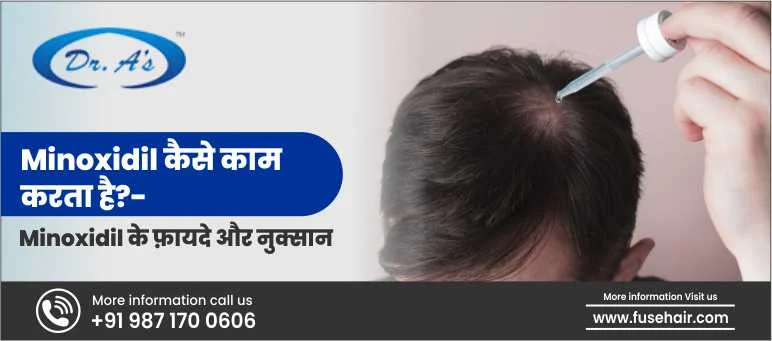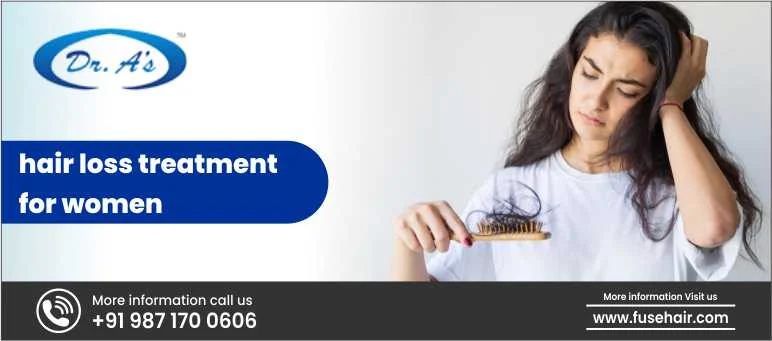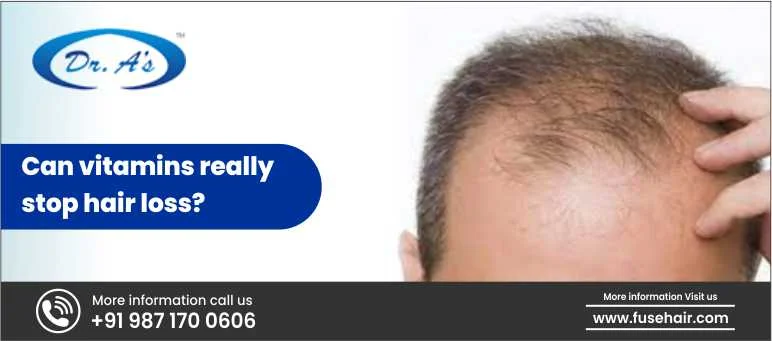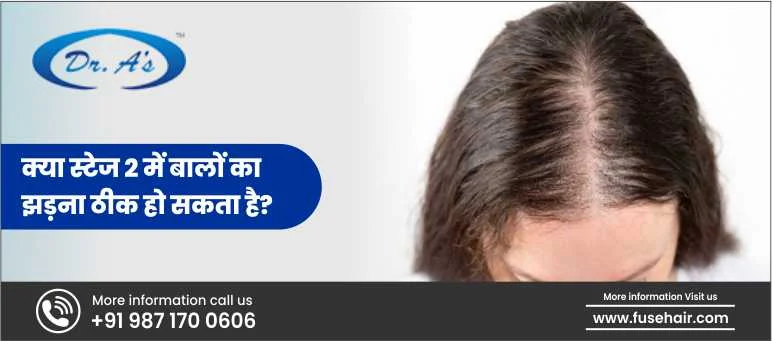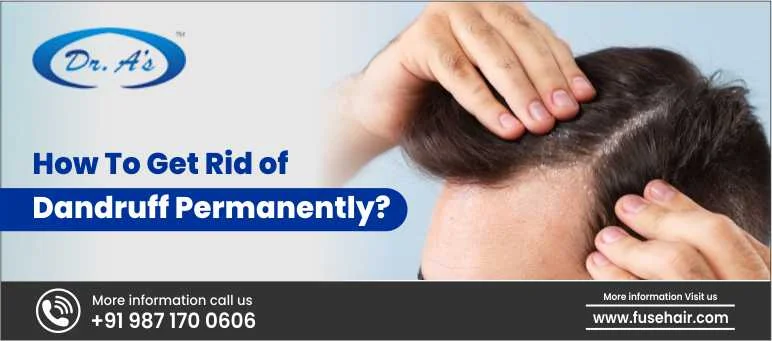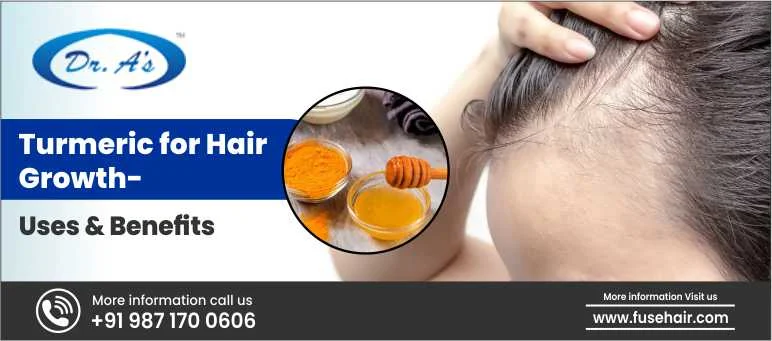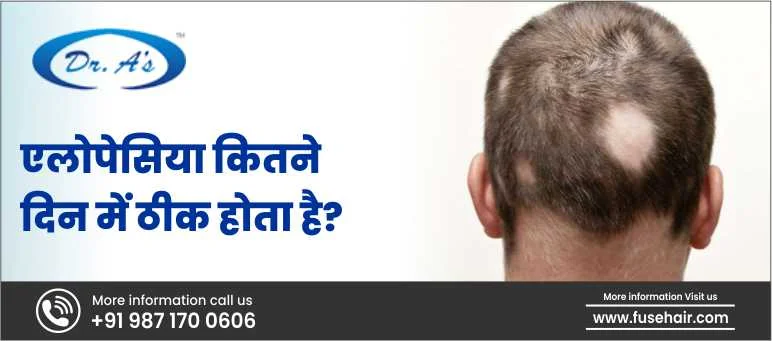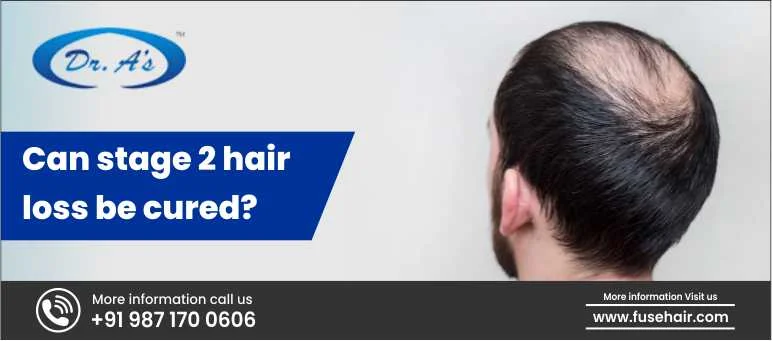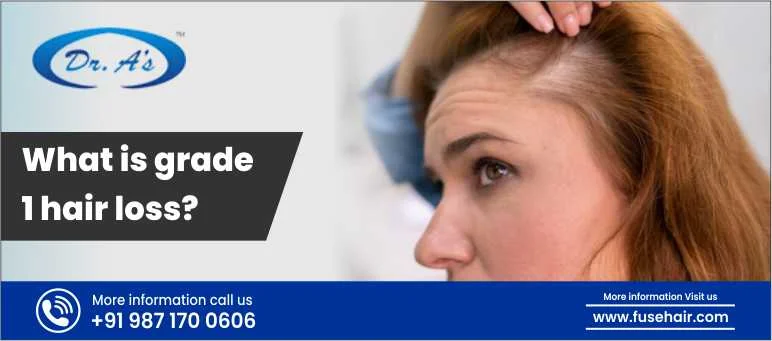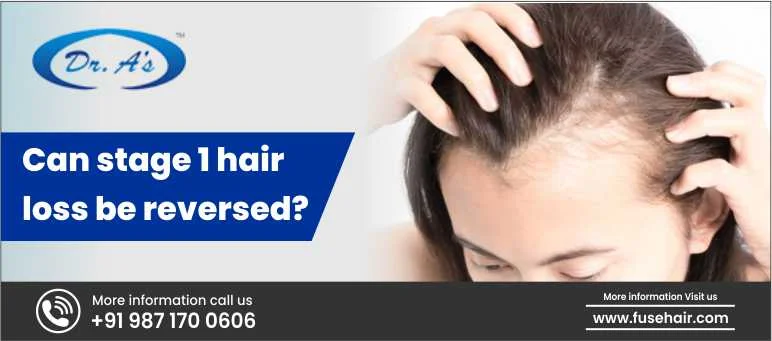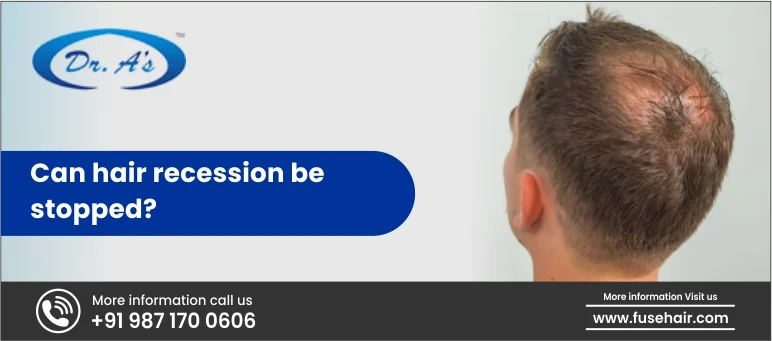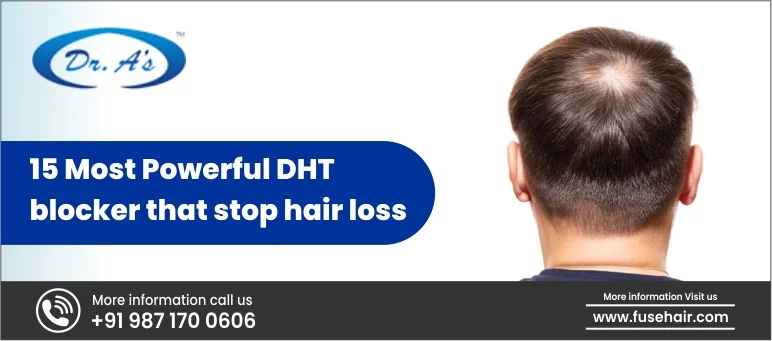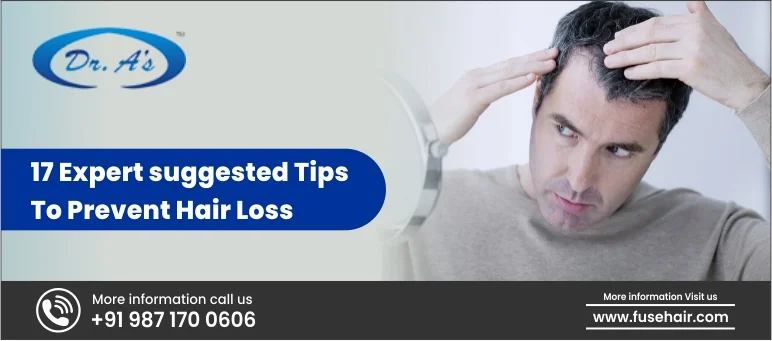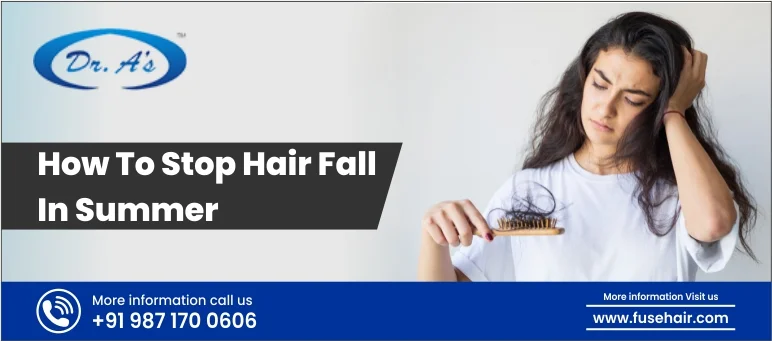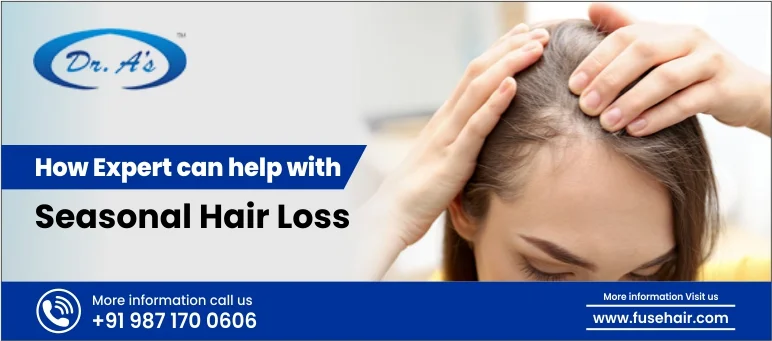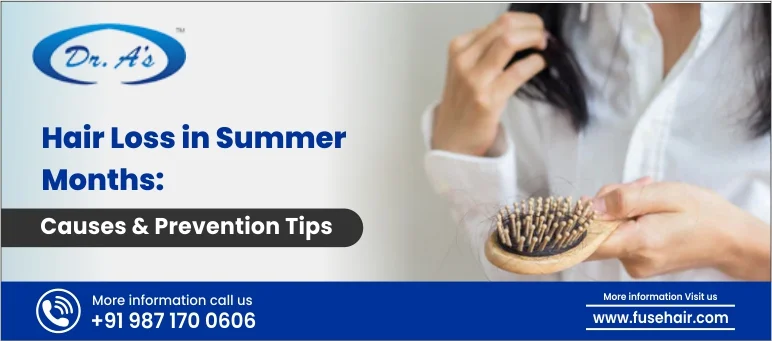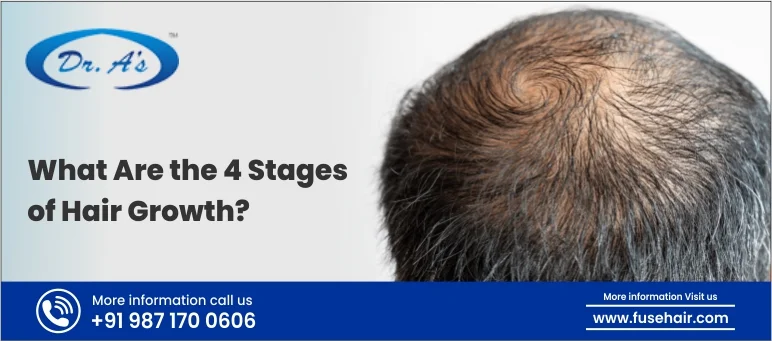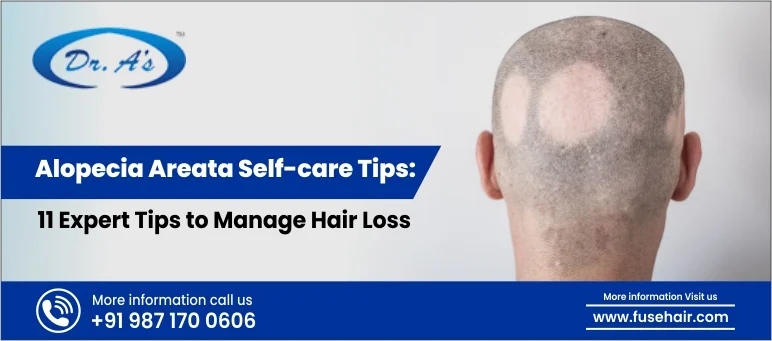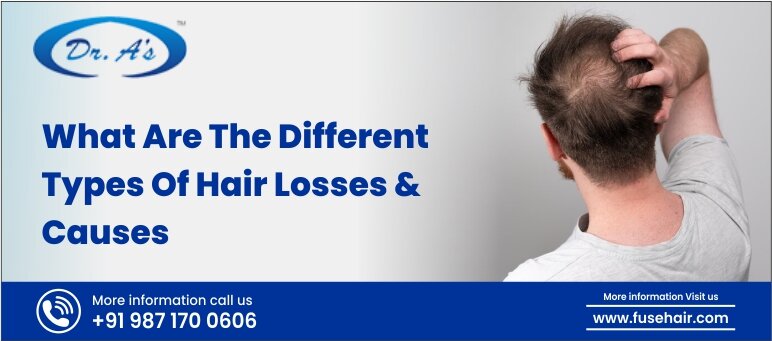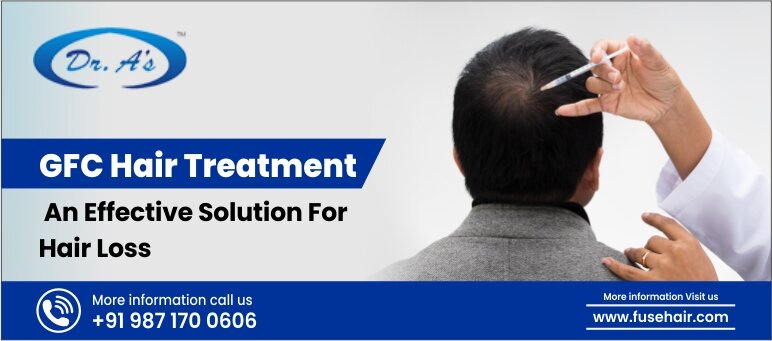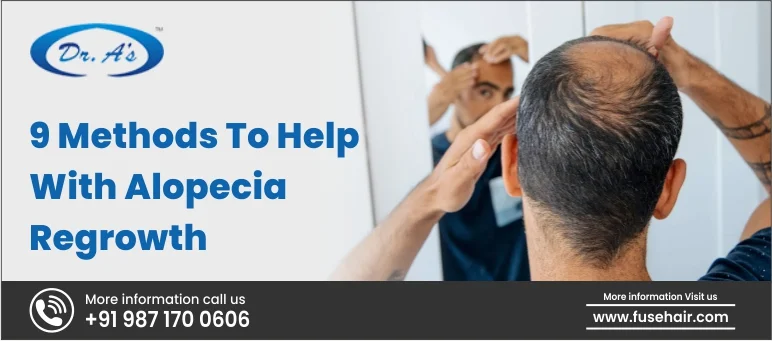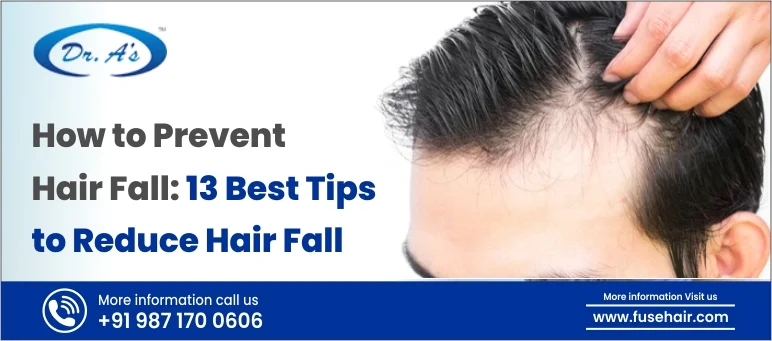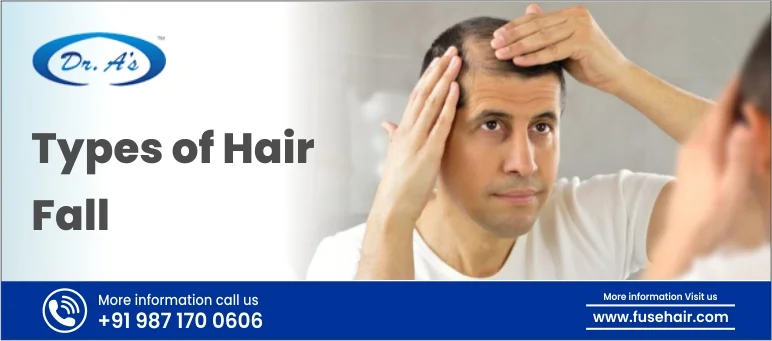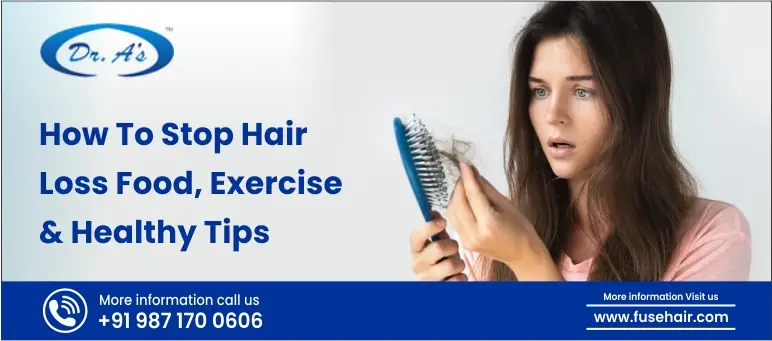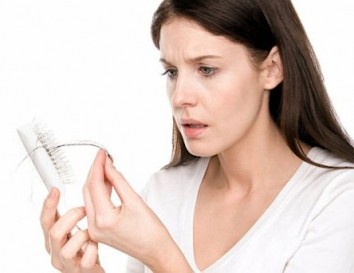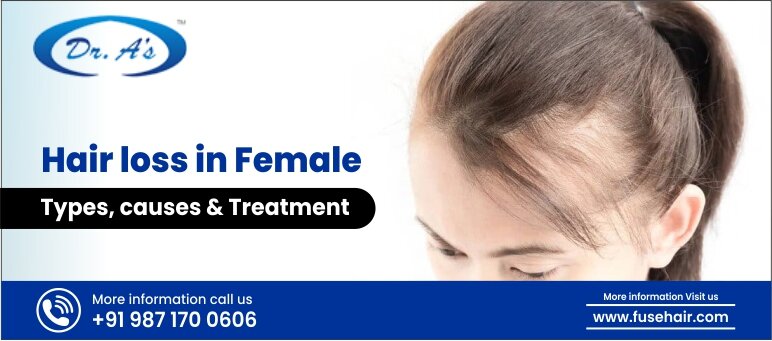
Hair loss has become a common problem in the recent decade. It has affected millions of women worldwide. Hair loss manifests in thinning hair or noticeable hair patches. They leave you with less hair and a lower sense of confidence. That is why it is important to understand the types, causes, and treatment options available for women facing this problem. In this article, A’S Clinic expert will be discussing about each aspect of hair loss in women. Keep on reading to learn more.
Types of Hair Loss in Women
Hair loss is a distressing experience. However, understanding its cause can help you figure things out better. Here are the 4 common reasons for hair loss in women worldwide:
-
Telogen Effluvium
Telogen Effluvium happens when your hair undergoes an extended resting phase. This results in excessive shedding. The change in the hair growth cycle is frequently caused by numerous types of stress, whether physical (such as disease, surgery, or delivery) or emotional. Significant weight fluctuations may also contribute to this disease.
Essentially, your hair follicles opt to take a break early. It can cause more hair to be lost than usual. While telogen effluvium might be upsetting, it is usually transient and curable with time and adequate treatment. Managing stress, eating a balanced diet, and staying hydrated can all help promote healthy hair development and reduce the consequences of telogen effluvium.
-
Traction Alopecia
Traction Alopecia is caused by prolonged tension or tugging on the hair follicles, which is most often brought on by tight hairstyles like ponytails, braids, or extensions. Continuous strain damages the follicles, resulting in hair loss, especially around the hairline or in areas that are frequently subjected to tight styling. Over time, the damaged hair follicles may weaken, resulting in visible thinning or bald patches. If you’ve lost hair due to traction alopecia, see a dermatologist for tailored guidance and treatment options to promote hair regrowth in women.
-
Alopecia Areata
Alopecia Areata is an autoimmune condition in which your immune system incorrectly attacks hair follicles. This causes sudden hair loss on the scalp. These patches range in size from little coins to huge areas. It can cause complete baldness on the scalp (alopecia totalis) or throughout the body (alopecia universalis). Talking with a dermatologist can help you understand potential treatment choices for managing the symptoms and promoting hair regeneration.
-
Androgenetic Alopecia
Androgenetic alopecia is often known as female pattern baldness. It is a common condition in women that causes thinning hair, mainly on the crown and frontal scalp. This disease is mostly linked to genetic predisposition, hormone abnormalities, and the natural aging process. As time passes, hair follicles diminish, resulting in finer and shorter hair strands.
Eventually, this trend may cause visible hair loss. Understanding the elements contributing to female pattern baldness can help people notice it early on and take proactive steps to manage or treat it effectively. If you have signs of androgenetic alopecia, speaking with a dermatologist can help.
Causes of Hair Loss in Women
Women’s hair loss can be a distressing experience, affecting both their physical appearance and emotional well-being. Understanding the various causes of hair loss is critical to effective management and treatment. Here, we delve into six common factors contributing to hair loss in female:
-
Nutrition Deficiency
Nutritional deficiencies are important for hair health because a lack of vital nutrients such as iron, protein, vitamins (particularly B vitamins), and minerals can hinder hair growth. These nutrients are necessary for nourishing the hair follicles and encouraging healthy hair growth.
Maintaining maximum hair health and avoiding hair shedding requires a well-balanced diet rich in these nutrients. Adding nutrient-dense foods into your diet, such as lean meats, fish, leafy greens, nuts, seeds, and whole grains, will help you achieve your nutritional needs while also encouraging healthy hair development from the inside out.
-
Hormonal Imbalances
Hormones play an important role in regulating many body activities, including hair growth. Polycystic ovarian syndrome (PCOS), thyroid diseases, pregnancy, menopause, and hormonal contraceptive use can all cause hormonal disruptions.
These diseases can cause hormone variations such as estrogen, progesterone, and testosterone, affecting the hair growth cycle. Imbalances in these hormones can cause hair thinning and shedding. It’s important to address underlying hormonal disorders to restore hair health.
-
Stress
Stress causes major hair loss, notably through a condition known as telogen effluvium. Chronic stress activates the body’s fight-or-flight reaction, leading to hormonal imbalances and limited blood circulation to the scalp. This break in the hair development cycle causes excessive shedding, which is diagnostic of telogen effluvium.
Stress causes hair follicles to enter the resting phase early, resulting in greater hair loss. Managing stress through relaxation techniques, regular exercise, and mindfulness practices can help to improve hair health and reduce hair loss. Seeking help from doctors or therapists helps you address stress-related hair loss issues well.
-
Medical Conditions
Certain medical diseases, such as alopecia areata, lupus, and trichotillomania, can cause hair loss in female. Furthermore, chemotherapy, radiation therapy, and drugs such as antidepressants, anticoagulants, or immunosuppressants can cause temporary or permanent hair loss. Understanding the potential effects of these medical problems and medications on hair health is critical for successful hair loss management.
-
Genetics
Female pattern baldness is known as androgenetic alopecia. It is usually passed down and can be passed down through generations. If your immediate family members, such as your mother, grandmother, or sisters, have experienced hair loss, you may have a genetic predisposition to it. Being aware of your genetic background can provide valuable insights into your risk of developing hair loss.
Treatment Options Available for Hair Loss in Women
Luckily for us, hair loss isn’t incurable. There are several hair loss treatment for women options available now. Given below are 5 effective treatment options for hair loss in women.
-
Low-Level Laser Therapy
Low-Level Laser Therapy (LLLT) is also known as red light therapy or cold laser therapy. It is a non-invasive way of treating hair loss. This therapy increases cellular activity in the scalp, which promotes hair growth. Devices like laser combs, helmets, and caps emit low-level laser light onto the scalp, which is said to improve blood circulation and nutrition delivery to the hair follicles. By increasing blood flow and nutrients to the scalp, LLLT promotes healthy hair development and is best hair loss treatment for female.
-
Oral Medicines
Oral medication provides another option for treating female pattern hair loss. Finasteride (Propecia) is FDA-approved for male pattern baldness but can be used off-label to treat women with comparable hair loss patterns. Finasteride is not suggested for women of childbearing age due to the possibility of fetal damage. Other oral drugs, such as spironolactone and certain oral contraceptives, can be recommended to treat hormonal imbalances that cause hair loss.
-
Topical Treatments
Topical minoxidil, also known as Rogaine, is a popular FDA-approved medication for treating female pattern baldness. Minoxidil successfully decreases hair loss and promotes hair growth by extending the hair growth cycle. Minoxidil solution or foam should be used directly on the scalp consistently. Following the directions given by healthcare professionals or on the product label is important for maximizing the benefits of minoxidil treatment. When used regularly and properly, it can help women overcome hair loss.
-
Hair Transplantation
Hair transplantation provides a long-term option for people with advanced hair loss. During this surgical process, hair follicles are extracted from donor areas, usually the back or sides of the head, and transplanted into balding or thinning areas. Advanced procedures like follicular unit transplantation (FUT) and follicular unit extraction (FUE) are often used to generate natural-looking results with little scarring. FUT removes a strip of scalp tissue that contains hair follicles, whereas FUE extracts individual follicular units. It is one of the best hair loss treatment for female.
-
Platelet-Rich Plasma (PRP) Therapy
Platelet-rich plasma (PRP) therapy is a promising hair loss treatment for women that involves injecting concentrated platelets from the patient’s blood straight into the scalp. These platelets carry growth factors that activate hair follicles and encourage hair growth. PRP therapy uses the body’s inherent healing mechanisms. And it can successfully increase hair density and thickness, resulting in noticeable changes in hair quality.
This regeneration treatment is relatively safe because it uses the patient’s blood components, which reduces the likelihood of unpleasant responses or consequences. Some of the best hair transplant clinic in Delhi offer this treatment option. One of them is Dr A’s Clinic. You can visit them to learn more.
Conclusion
Hair loss in women can have serious emotional and psychological consequences, lowering self-esteem and quality of life. However, with advances in medical technology and a greater understanding of the underlying reasons, effective medicines are now available to address this problem. Regaining hair growth and confidence is possible with topical drugs, oral treatments, or innovative techniques such as PRP and LLLT. There are several hair loss treatment clinics in Delhi. Dr. A’s Clinic is one of the best hair transplant clinic in Delhi.
FAQs
What is causing my female hair loss?
Female hair loss can be caused by a variety of factors, including hormonal imbalances, heredity, stress, nutritional deficiencies, medical problems, and specific medicines. Identifying the underlying reason is critical to determining the most effective treatment strategy. It is suggested that you consult with a healthcare practitioner for more personalized advice.
What foods stop hair fall?
Lean meats, fish, leafy greens, nuts, seeds, whole grains, and fruits are all good sources of iron, protein, vitamins (especially B vitamins), and minerals, which can help prevent hair loss and promote healthy hair growth.
Can female hair loss grow back?
Yes, female hair loss can sometimes regrow, depending on the underlying cause. Hormonal imbalances, dietary inadequacies, and certain medical problems are also potential causes of reversible hair loss. Hair regeneration can be achieved with proper treatment and care in many circumstances.
Which vitamin deficiency causes hair loss?
Vitamin deficiency, particularly of vitamin D, vitamin B12, iron, and zinc, can cause hair loss. These nutrients are necessary for supporting healthy hair development and follicle function. Addressing deficiencies through dietary modifications, supplements, or medical interventions can help reduce hair loss and increase hair regrowth for women.
How can I regain my lost hair?
Regaining lost hair requires treating the underlying cause with treatments such as minoxidil, finasteride, PRP therapy, or hair transplantation. Maintaining a healthy diet, reducing stress, and using gentle hair care methods can all help with hair regeneration.

